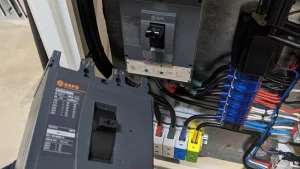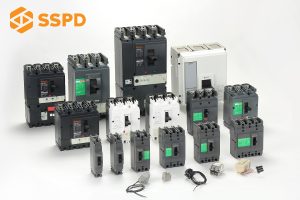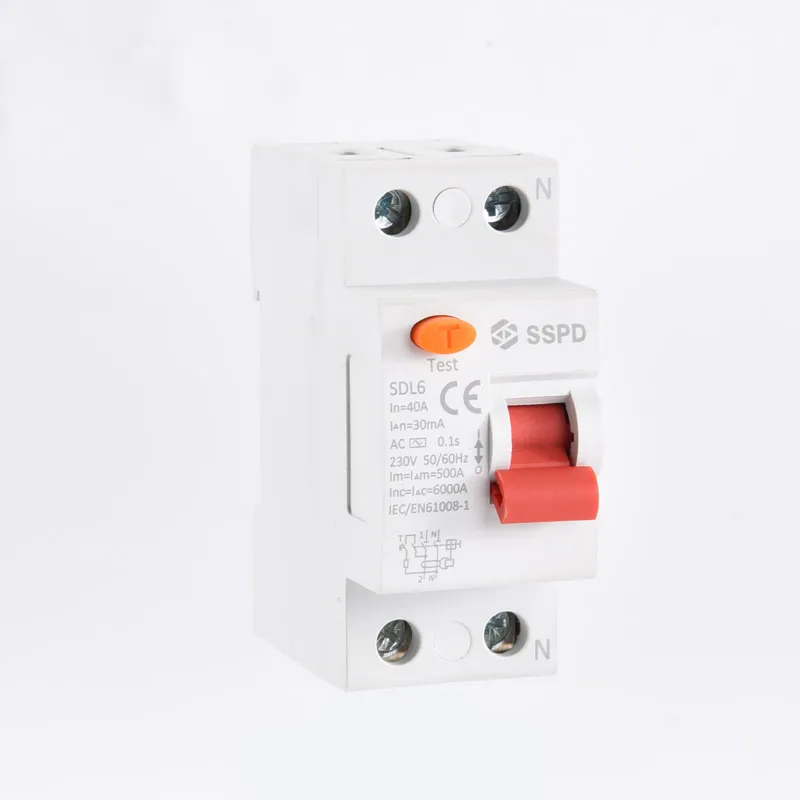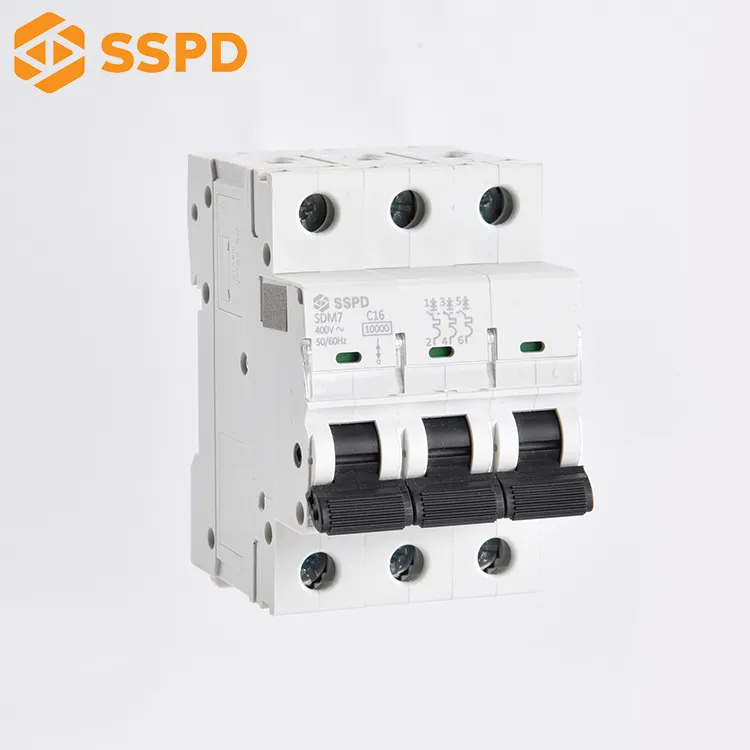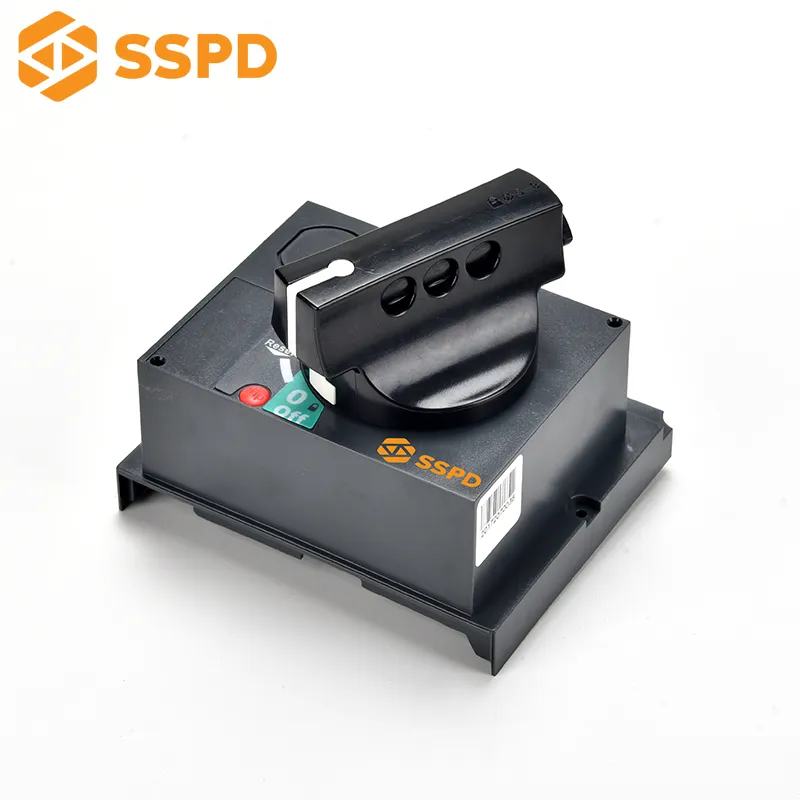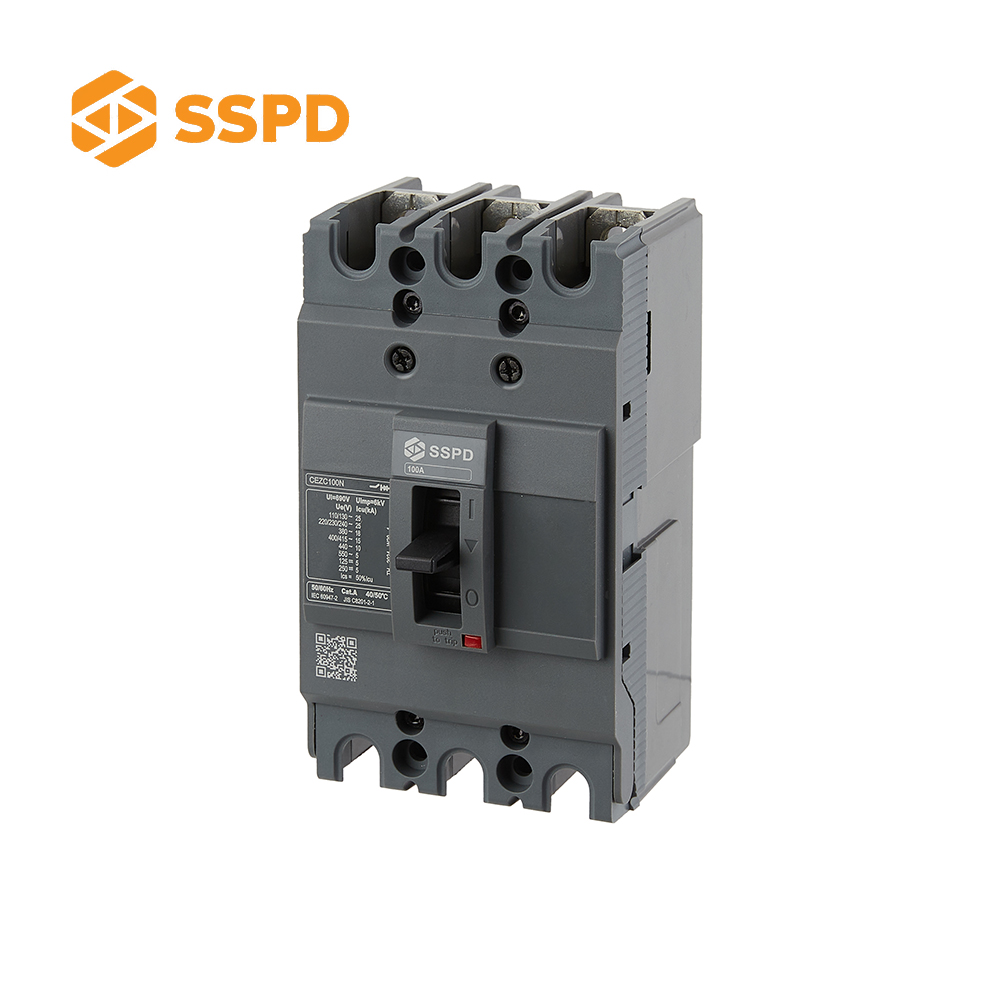🔧 MCCB Tripping Guide: Causes, Troubleshooting, and Prevention
Moulded Case Circuit Breakers (MCCBs) are essential for protecting medium- and high-capacity electrical circuits from overloads, short circuits, and ground faults. Unlike MCBs, MCCBs offer wider current ratings, adjustable protection settings, and higher interrupting capacity, making them ideal for industrial, commercial, and infrastructure projects.
Frequent or unexplained MCCB tripping can lead to operational downtime, equipment damage, and even safety hazards. This guide walks you through the most common causes of MCCB tripping, effective troubleshooting techniques, and best practices to ensure long-term reliability.
🧠 How MCCBs Work
An MCCB operates by monitoring current levels and automatically opening the circuit when unsafe conditions are detected. It typically includes thermal-magnetic or electronic trip units that respond to:
Overloads (gradual overcurrent)
Short circuits (sudden spikes)
Ground or leakage faults
These protective features help prevent fires, equipment damage, and dangerous voltage fluctuations. Understanding these functions is key to diagnosing problems efficiently.
⚠️ What Causes an MCCB to Trip?
| Cause | Description | Recommended Action |
|---|---|---|
| 1. Overload | Occurs when the circuit draws more current than its rated capacity for a sustained period. | – Distribute loads more evenly – Consider upgrading MCCB rating – Monitor for equipment running beyond spec |
| 2. Short Circuit | Sudden high current caused by conductor contact or insulation failure. MCCBs react instantly to isolate the fault. | – Inspect for burnt wires or loose connections – Test insulation with a megohmmeter – Repair or replace damaged conductors |
| 3. Earth Leakage | Often caused by moisture, insulation breakdown, or faulty appliances. | – Check insulation resistance – Dry and seal affected enclosures – Improve grounding or leakage detection |
| 4. Trip Unit Settings or Device Aging | Incorrect protection settings or degraded MCCB components can result in nuisance trips. | – Review LSI (Long/Short/Instantaneous) settings – Perform MCCB function tests – Replace units with verified calibration issues |
🔍 Step-by-Step Troubleshooting for MCCB Tripping
Visual Check
Look for burn marks, melting, or discoloration on terminals and wiring.Load Evaluation
Use clamp meters to measure actual load versus MCCB rated current. Overloaded circuits are a primary cause of tripping.Branch Circuit Isolation
Disconnect and re-energize loads one by one. Faults often reside in a specific branch or device.Insulation Resistance Test
Use a megohmmeter to test between conductors and ground. Low resistance readings indicate possible leakage or breakdown.Trip Unit Testing
Test electronic trip settings using a secondary injection test kit. Ensure thermal and magnetic elements respond accurately to simulated faults.
🛠️ How to Prevent Future Tripping
To minimize tripping and maximize system uptime:
Correct Sizing: Ensure MCCBs are rated at least 125% of the expected maximum load.
Proper Curve Selection: Use appropriate tripping curves (LSI, etc.) based on the load type—resistive, motor, transformer.
Environmental Protection: Install MCCBs in IP-rated enclosures to shield against dust, moisture, and corrosion.
Regular Maintenance: Periodically inspect terminal torque, insulation integrity, and breaker functionality.
Monitor Load Growth: As systems expand, review protection settings to match the new load profile.
✅ MCCB Selection Checklist
| Factor | Guidance |
|---|---|
| Rated Current (In) | Should exceed 125% of the peak operating load |
| Breaking Capacity (Icu/Ics) | Must be higher than the system’s maximum prospective short circuit current |
| Trip Unit Type | Choose thermal-magnetic for basic protection; electronic trip units for precision control |
| Pole Configuration | Use 3P or 4P depending on system type and need for neutral protection |
| Compliance Standards | Ensure the MCCB meets IEC 60947-2, CE, or other applicable certifications |
📘 Conclusion
MCCB tripping is a built-in safety response—but when it occurs repeatedly or without clear cause, it signals deeper issues that must be addressed. A structured approach to troubleshooting—starting from load analysis to insulation testing—can help isolate the problem quickly and reduce downtime.
Proper selection, sizing, and maintenance of MCCBs are vital for ensuring electrical reliability and workplace safety.
💼 About SSPD
At SSPD (Shendian Electric), we focus on delivering robust, high-performance MCCBs with complete certification and customization options. Our molded case circuit breakers support ratings from 10A to 1600A, with both thermal-magnetic and electronic trip versions available. Trusted in over 30 countries across the Middle East, Southeast Asia, and South America, our breakers offer durability, accuracy, and global compatibility.
Need expert advice on MCCB configuration or product selection?
👉 Contact us to get tailored recommendations based on your project needs.

